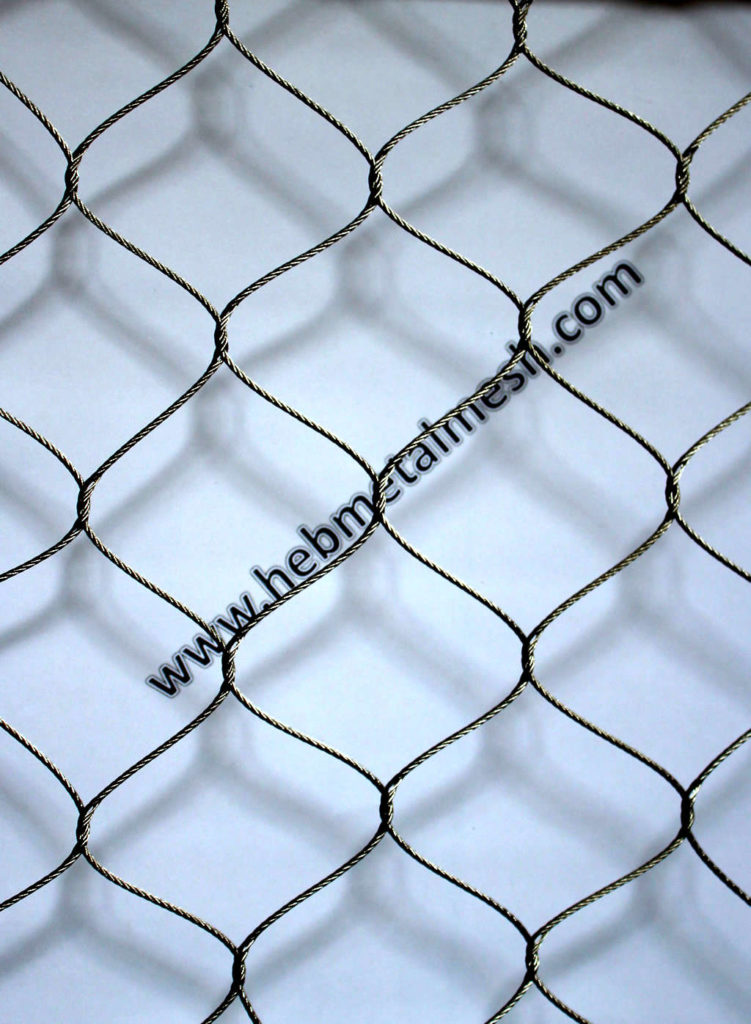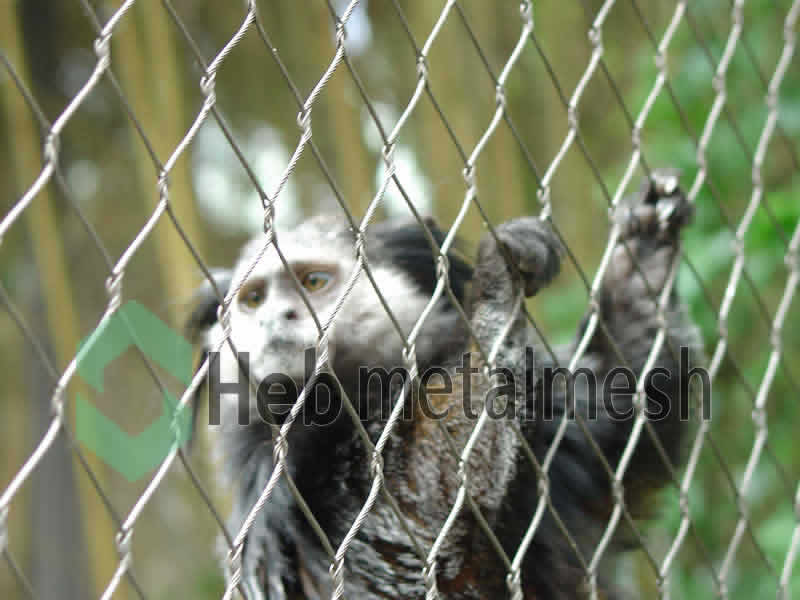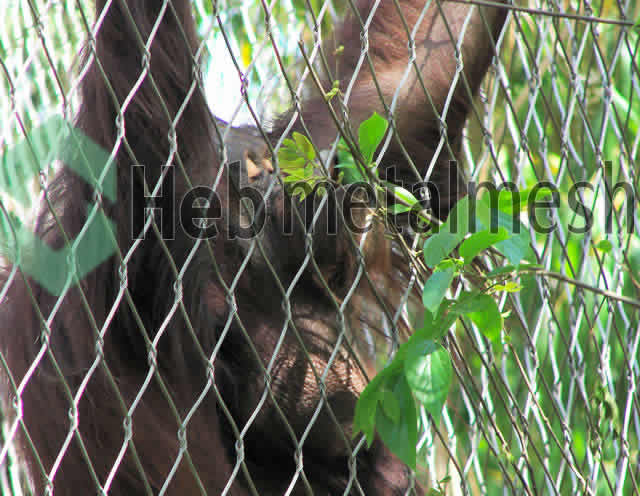Introduction
Planning a new fence can be exciting—it promises privacy, security, and a boost to your property’s curb appeal. But inevitably, one of the very first and most crucial questions that pops up is, “How much is this going to cost?”
Understanding the true cost of fencing is more complex than just multiplying the length of your yard by a simple dollar amount. Your final bill will depend on a combination of material choice, labor, terrain, and even local regulations. For a homeowner looking for basic backyard security, the answer will be vastly different than for an agricultural professional needing livestock containment or a property manager planning a high-security perimeter.
This guide is your ultimate resource for 2025, designed to break down the costs associated with different fencing materials, installation methods, and use-cases. We’ll explore everything from the initial fence cost per foot to the hidden long-term value, helping you budget effectively. Critically, we’ll shift the focus from merely asking, “how much fences cost,” to evaluating the long-term value and durability of your investment—especially crucial for projects requiring decades of reliable service.
Part 1: The Biggest Factors Influencing Your Final Fence Cost
The total expense of your fencing project is a sum of several interlocking variables. Ignoring any one of these can lead to major budget overruns down the line. Understanding these factors is key to getting an accurate quote.
1.1. Material Choice
The type of material you choose is the single biggest factor affecting your total expenditure. Materials vary widely based on aesthetics, durability, and raw fencing material prices.
- Economical: Chain link and basic treated wood are typically at the lower end of the spectrum, providing cost-effective boundary definition.
- Mid-Range: Pressure-treated wood privacy fences, standard vinyl, and welded wire mesh panels offer a good balance of cost and performance.
- Premium/Specialized: Ornamental aluminum, wrought iron, and high-performance options like stainless steel zoo mesh (often used for specialized animal enclosure fencing or high-end residential applications) command the highest initial prices but deliver superior longevity and security.
1.2. Linear Footage & Property Size
The total length of the fence line directly determines the amount of material and labor required. This is typically measured as a fence cost per foot (or per meter).
For standard residential yards, the cost scales linearly. However, for very large projects—such as miles of agricultural fencing or specialized zoo mesh fencing for entire habitats—suppliers often offer volume discounts. Projects that require significant linear footage also need efficient installation planning, which often favors durable, long-lasting fence material to minimize future maintenance trips.
1.3. Labor: DIY Fencing vs. Professional Installation
The fence installation cost is often equal to, or even greater than, the cost of materials.
| Method | Pros | Cons | Ideal For |
|---|---|---|---|
| DIY Fencing | Significantly lowers total cost; sense of accomplishment; control over timing. | Requires time, specialized tools (post-hole diggers, cement mixers); risk of improper installation or damage; back-breaking work. | Small, straightforward, standard height fences (like simple chain link or pre-assembled wood panels). |
| Professional | Guaranteed quality; efficient installation; liability protection; access to heavy machinery. | Adds 30% to 70% to the total project cost. | Complex projects; specialty materials (like wrought iron or stainless steel fence cost projects); security fences; hilly/rocky terrain. |
Important Note: For any fence that involves safety, complex engineering, or specialized materials (like secure animal enclosure fencing), professional installation is highly recommended to ensure compliance and structural integrity.
1.4. Terrain and Soil Conditions
Flat, clear ground is the cheapest and fastest to work with. If your land is:
- Hilly or Sloped: Requires more labor to grade and align posts, often resulting in custom-cut panels or step-downs, increasing costs.
- Rocky or Hard Soil: Digging post holes is far slower, often requiring specialized equipment (hydraulic augers or rock drills), which significantly raises the labor component of the project.
- Wet or Marshy: May require concrete footings or deeper posts to ensure stability, increasing the quantity of materials needed.
1.5. Permits and Regulations
Before starting, check local building codes. Many municipalities require permits for fences above a certain height (e.g., six feet) or for specific use-cases, such as pool safety barriers or commercial security fence cost projects. Homeowners associations (HOAs) may also dictate materials and height, limiting your options and potentially leading to unexpected permit fees and inspection costs.
1.6. Gate Add-ons and Customization
Simple walk-through gates are minor expenses, but motorized entry gates, intercom systems, custom decorative tops, and specialized coatings (like powder coating for metal) all contribute to the final price of a fence. The complexity of a gate’s opening mechanism (sliding vs. swinging) and whether it requires electricity will heavily impact the final tally.
Part 2: Deep Dive into Fencing Material Costs & Comparisons
To accurately estimate your project, you need to understand the initial fence mesh price or panel price, as well as the long-term value and maintenance demands of each material.
2.1. Wood Fencing
Wood remains a popular choice for its classic aesthetic and natural appearance. The most common types are pressure-treated pine, cedar, and redwood.
| Metric | Details |
|---|---|
| Cost Range (Material + Install) | $20 to $45 per linear foot. Cedar and custom designs are higher. |
| Pros | Highly aesthetic, versatile for privacy (solid panels), customizable, relatively affordable initial investment. |
| Cons | Requires frequent maintenance (staining, sealing) every 3-5 years, prone to rot, warping, splintering, and pests (termites). |
| Long-Term Cost | High. The high maintenance demands and lower longevity (typically 15-20 years for pine) mean the lifetime cost is often higher than vinyl or premium metal. |
2.2. Vinyl Fencing
Vinyl (PVC) offers a virtually maintenance-free alternative to wood and comes in various styles, from picket to full privacy.
| Metric | Details |
|---|---|
| Cost Range (Material + Install) | $30 to $60 per linear foot. |
| Pros | Extremely low maintenance (only requires occasional washing), long lifespan (20+ years), clean and consistent aesthetic. |
| Cons | Higher initial cost than wood, can crack or yellow in extreme weather, limited style options compared to wood or ornamental metals. |
2.3. Chain Link Fencing
Often the most affordable solution, chain link is practical for defining boundaries, securing backyards, and containing pets. The wire mesh fence price here is generally the lowest of all options.
| Metric | Details |
|---|---|
| Cost Range (Material + Install) | $10 to $25 per linear foot. Coated/colored vinyl options are slightly more expensive. |
| Pros | Low initial fence cost, very quick installation, excellent visibility, highly functional for basic needs. |
| Cons | Least aesthetic option, offers zero privacy, material can be cut (low security), and standard galvanized steel can rust over time. Not ideal for sophisticated animal enclosure fencing. |
2.4. Wrought Iron & Aluminum
Wrought iron (the most expensive and highest maintenance) and aluminum (the more popular, low-maintenance alternative) are used for ornamental, high-security, and classic looks.
| Metric | Details |
|---|---|
| Cost Range (Material + Install) | $40 to $90 per linear foot. Wrought iron can exceed $100. |
| Pros | Excellent security and highly aesthetic; aluminum is maintenance-free and rust-proof; classic, timeless look. |
| Cons | Very high initial fence cost, offers no privacy; true wrought iron is heavy and requires intense anti-rust maintenance (painting/sealing). |
2.5. Welded Wire Mesh Panels
Welded wire is an upgrade from standard rolled chain link, typically coming in rigid panels used for gardens, pet runs, or pool barriers.
| Metric | Details |
|---|---|
| Cost Range (Material + Install) | $15 to $35 per linear foot, depending on gauge and coating. |
| Pros | Versatile, stronger than simple thin wire, visually less intrusive than chain link. |
| Cons | Standard panels are prone to rust if the coating is scratched or compromised. Less robust than true woven metal mesh. |
2.6. The Premium Choice: Stainless Steel Zoo Mesh (Natural Hebmetalmesh Integration Point)
For projects where strength, safety, and visibility are non-negotiable—such as high-end residential properties, public zoos, or high-security, long-term installations—a standard, high-maintenance or easily compromised material simply won’t suffice. This is where premium options take center stage.
For these demanding applications, Hebmetalmesh’s stainless steel zoo mesh stands out as the superior, long-lasting fence material.
While the stainless steel fence cost is significantly higher upfront than chain link or wood, it offers unparalleled long-term value and performance. This material is not just fencing; it’s an engineered security and containment solution.
| Metric | Details |
|---|---|
| Upfront Fence Mesh Price | Highest initial investment compared to all common residential and commercial options. |
| Pros | Extremely durable, 100% rust-resistant (often marine-grade 316 steel), superior safety (no sharp edges, highly flexible), virtually maintenance-free, excellent visibility due to its woven structure, and professional, modern appearance. |
| Cons | High initial investment and specialized installation. |
| Lifetime Cost | Lowest possible. When you calculate the zero maintenance, decades-long lifespan (often 50+ years), and eliminated replacement costs, the total cost of ownership for Hebmetalmesh stainless steel zoo mesh becomes highly competitive against materials that require repeated repair and replacement. It is the ultimate investment for those prioritizing durability and safety. |
Part 3: Special Considerations & Use-Case Scenarios
Matching your need to the right material is the best way to control the cost of fencing. A material that is cheap but fails quickly is never a true saving.
3.1. Cost for Residential Privacy
The goal here is a solid visual barrier. Wood (like a 6-foot dog-eared privacy fence) and Vinyl are the top contenders. Wood is cheaper upfront but requires painting or staining. Vinyl is a higher initial investment, but once installed, its long-term cost is minimal, making it an excellent investment for residential use.
3.2. Cost for Perimeter Security
For high-security applications, the fence must be difficult to climb and cut. Ornamental iron and high-gauge, vinyl-coated chain link are common, providing a high security fence cost due to their complexity and strength. For areas requiring maximum deterrence combined with unobtrusive visibility (like a corporate campus perimeter), the robust structure and superior tensile strength of stainless steel mesh are unmatched.
3.3. Cost for Animal Enclosures (The Key Hebmetalmesh Section)
For animal enclosure fencing, the stakes are exponentially higher than standard residential fences. You need a material that is non-toxic, safe (no abrasions or sharp points), and can withstand constant exposure to the elements and the animals themselves—from biting birds to large climbing primates.
Cheaper materials fail quickly: wood splinters, galvanized mesh rusts, and welded joints can break, creating serious hazards. This is why the specialized nature of zoo mesh fencing is essential.
This is the specialty of companies like Hebmetalmesh, which engineers its stainless steel zoo mesh to provide secure, long-lasting, and humane containment. The interwoven, knotless cable structure acts like a flexible, high-tensile net, absorbing impact and providing unmatched resistance to climbing and manipulation. While the cost of fencing for a zoo or high-value breeding enclosure is a significant upfront expense, it is a necessary investment in animal welfare, public safety, and decades of reliable, maintenance-free service. It is simply the most durable type of fence mesh available for biological containment.
3.4. Cost for Agricultural & Farm Use
The primary goal for farms is typically large-scale, cost-effective containment.
- Boundary/Pasture: Barbed wire or simple field fence (woven wire) offers the lowest initial cost and is the most common answer to the question “how much does it cost to install a fence for a large property.”
- Livestock/Corrals: Heavier materials like welded steel panels or high-tensile wire are required for strength, increasing the fencing material prices slightly but ensuring livestock safety. Longevity is key here, as replacing miles of fence is extremely time-consuming.
Part 4: How to Get an Accurate Quote and Save Money
Knowing the fence cost ranges is useful, but getting a precise quote requires preparation. Here are practical tips to ensure you budget correctly and get the best value for your investment.
Tip 1: Measure Accurately and Mark Utilities
Do a preliminary measurement of your perimeter (linear footage) before contacting installers. This shows you are serious and prepared. Also, locate and mark all buried utility lines, as striking one will instantly turn a construction project into an expensive disaster.
Tip 2: Define Your Requirements
Be specific about the material, height, and purpose. Don’t just ask for a “metal fence”; specify, for example, “a 6-foot tall, black vinyl-coated chain link fence” or “I am interested in pricing for Hebmetalmesh stainless steel zoo mesh for a primate habitat.” Clarity prevents misquotes.
Tip 3: Get Multiple Quotes
Always solicit at least three quotes from licensed and insured contractors. Use the quotes to compare labor rates and material markup. Remember, the lowest bid isn’t always the best; check their experience, especially with specialized materials like long-lasting fence material.
Tip 4: Consider Direct Material Sourcing
For specialized projects, especially those involving unique fencing material prices like premium mesh, you can often realize savings by purchasing materials directly from the manufacturer or a national supplier, like Hebmetalmesh, and then hiring a labor-only contractor for installation.
Tip 5: Reiterate Long-Term Value
Always remember that the most durable type of fence mesh or material often translates to the lowest lifetime cost. Choosing a slightly more expensive, durable material now—one that is resistant to rust, wear, and weather—can save you thousands in repairs and replacements later. The true calculation isn’t fence cost per foot, but cost per foot, per decade.
Conclusion
The question, “how much do fences cost,” has a complex but manageable answer dependent entirely on your chosen material, project scope, and installation method. From the low wire mesh fence price of chain link to the investment required for high-grade containment, every option involves a trade-off.
The key takeaway for 2025 budgeting is to view your fence purchase not as an immediate expense, but as a long-term capital investment. Prioritizing long-lasting fence material like vinyl, aluminum, or the superior corrosion resistance of high-grade stainless steel ensures that you minimize future maintenance burdens and replacement costs. For those seeking a truly permanent, secure, and aesthetically pleasing solution, especially for specialized containment or high-value residential properties, exploring premium options like Hebmetalmesh’s stainless steel zoo mesh is a wise first step in the planning process.
This guide provides general pricing estimates. All final costs are subject to local labor rates, specific material grades, and current market conditions.


